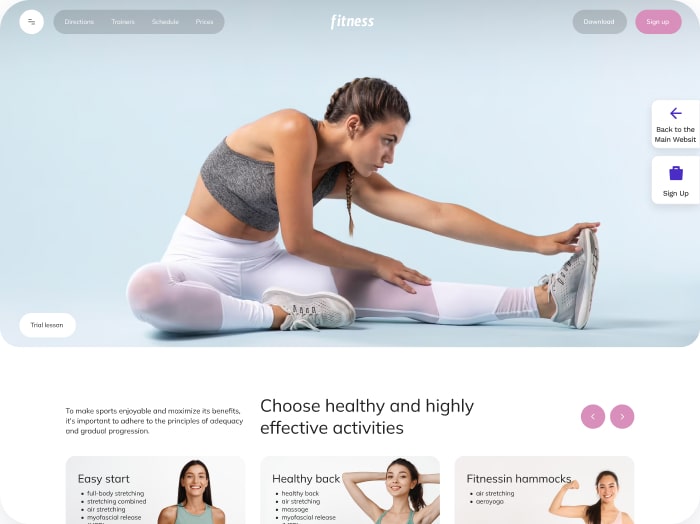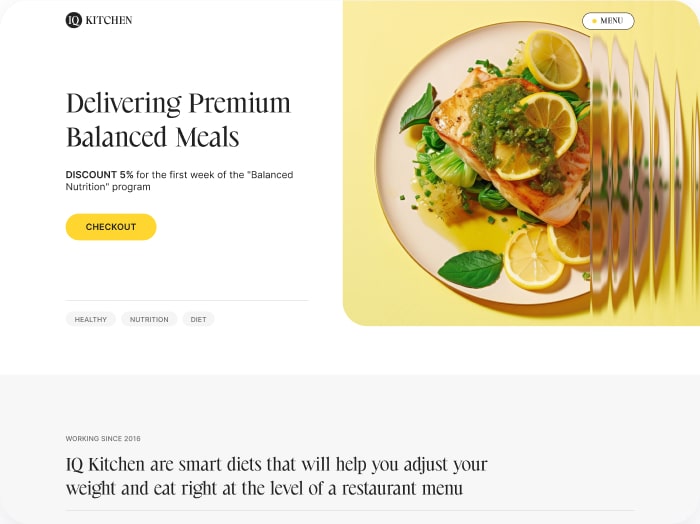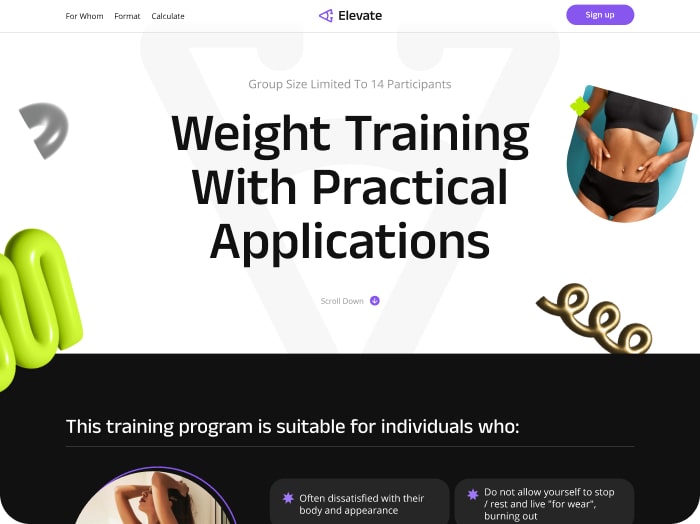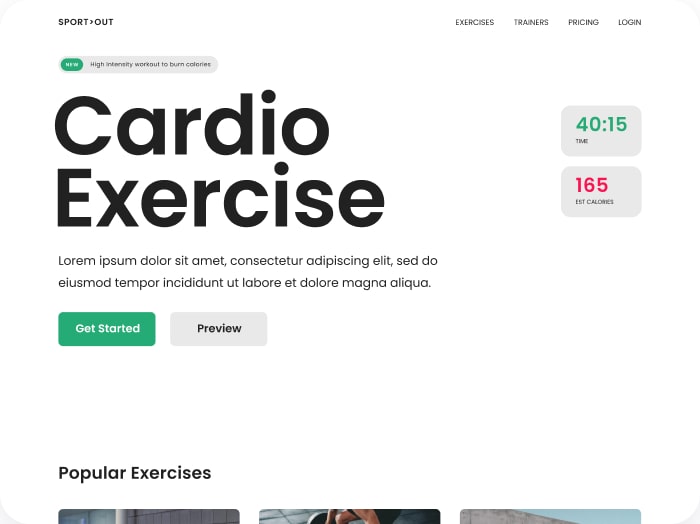Unlocking the Power of Calorie Data in Fitness Photography
When it comes to fitness photography, the goal is not just to capture images, but to tell a compelling visual story that highlights your physique, dedication, and hard work. One crucial element in achieving this is understanding and utilizing calorie data effectively. Here’s how you can leverage calorie data to enhance your fitness photography and portfolios.
Understanding Calorie Needs and Deficits
To prepare for a fitness photoshoot, you need to be in peak physical condition, which often involves achieving a low body fat percentage. According to fitness experts, aiming for a body fat percentage of around 10% for men and 13-16% for women is ideal for showcasing muscle definition.
To reach this level of leanness, you must create a calorie deficit. This means consuming fewer calories than your body burns, forcing it to use stored fat for energy. A daily calorie deficit of 500 calories is often recommended as it balances quick results with the maintenance of muscle mass.
You can calculate your daily calorie needs using simple formulas. For example, if you are moderately active, you can multiply your weight by 15 to get the number of calories needed to maintain your current weight. To lose weight, you would then reduce this number by 500 to 1000 calories per day.
Nutrition Planning and Meal Tracking
Proper nutrition is key to achieving your fitness goals. Here are some tips on how to plan your meals effectively:
– **Protein Intake**: Ensure you consume enough protein to maintain muscle mass. Aim for 0.8 to 1 gram of protein per pound of body weight.
– **Whole Foods**: Focus on whole, minimally-processed foods. These provide better nutritional value and help in maintaining a balanced diet.
– **Meal Photos**: Using meal photos can be a great way to track and analyze your diet. This method helps in identifying areas for improvement and ensures you are meeting your nutritional goals.
For instance, if you send meal photos to a nutrition coach, they can provide feedback on portion sizes, food quality, and overall balance. This can help you make necessary adjustments to your diet, ensuring you are fueling your body optimally for your photoshoot.
Calorie Tracking and Fitness Apps
Utilizing fitness and nutrition apps can significantly enhance your preparation for a fitness photoshoot. Here are some features to look for:
– **Calorie Calculator**: Apps like Calorie Calculator Cloud can help you estimate the number of calories you consume and burn, making it easier to maintain a calorie deficit.
– **Food Database**: Apps such as MyFitnessPal allow you to log your food intake easily and track your calorie consumption. They also provide detailed nutritional information and help you set calorie goals.
– **Workout Tracking**: Apps that track your workouts, such as those from Planet Fitness, can help you monitor your progress and ensure you are burning the right amount of calories to achieve your goals.
Fine-Tuning for the Photoshoot
In the days leading up to your photoshoot, there are several strategies you can use to fine-tune your physique:
– **Water Manipulation**: Loading up on water several days before the shoot and then cutting it out 18-20 hours prior can help reduce subcutaneous water, making your muscles appear more defined.
– **Glycogen Loading**: Depleting glycogen stores through high-rep workouts and then loading up on carbs can make your muscles appear fuller and more defined. This also helps in reducing subcutaneous water, as glycogen pulls water into the muscles.
Visual Storytelling in Fitness Photography
Fitness photography is not just about capturing your physique; it’s about telling a story through your images. Here are some tips to enhance your visual storytelling:
– **Conceptualization**: Work with your photographer to conceptualize ideas that highlight your fitness journey and goals. This could involve capturing moments of peak performance or showcasing your dedication to fitness.
– **Locations and Props**: Choose locations and props that complement your fitness story. For example, using a gym or outdoor location can add a dynamic element to your photos, while studio backdrops can provide more control over lighting and composition.
– **Posing and Expression**: Pay attention to your posing and expression. A confident and natural pose can make a significant difference in how your photos turn out. Work with your photographer to find poses that highlight your best features.
Enhancing Your Portfolio
Your fitness portfolio is a reflection of your hard work and dedication. Here’s how you can use calorie data and fitness photography to enhance it:
– **Consistency**: Consistency is key when it comes to fitness. Use calorie tracking and meal planning to maintain a consistent physique, which will be reflected in your portfolio.
– **Variety**: Include a variety of photos in your portfolio. This could range from different poses, locations, and even different stages of your fitness journey. This variety will make your portfolio more engaging and comprehensive.
– **Professional Editing**: Ensure that your photos are professionally edited. This includes color correction, lighting adjustments, and other enhancements that can make your images stand out.
Conclusion and Next Steps
Using calorie data to enhance your fitness photography and portfolios is a multifaceted approach that involves careful planning, consistent execution, and a deep understanding of your nutritional needs. By leveraging tools like Calorie Calculator Cloud and incorporating the tips outlined above, you can achieve a physique that is not only visually appealing but also a testament to your hard work and dedication.
For those looking to take their fitness journey to the next level, consider exploring the various Calorie Calculator Plans available. These plans can provide you with the tools and insights necessary to optimize your nutrition and training, leading to better results in both your fitness journey and your photography portfolio.
By combining the right nutrition strategies with professional photography techniques, you can create a portfolio that inspires and motivates others, while also showcasing your own fitness achievements.








